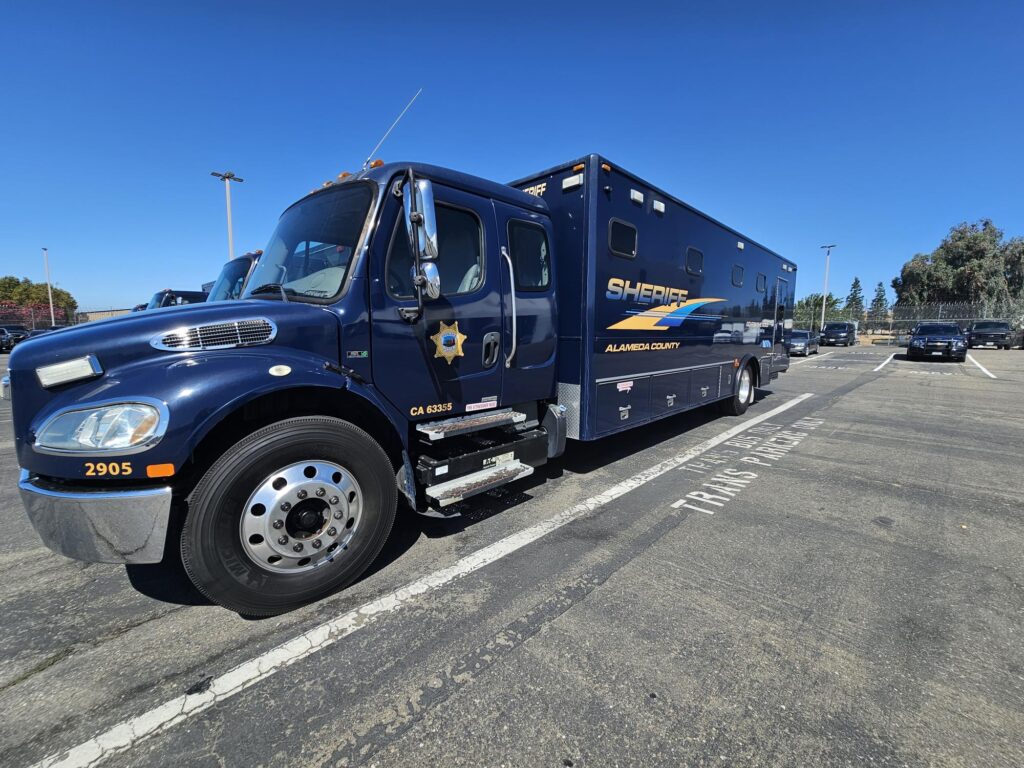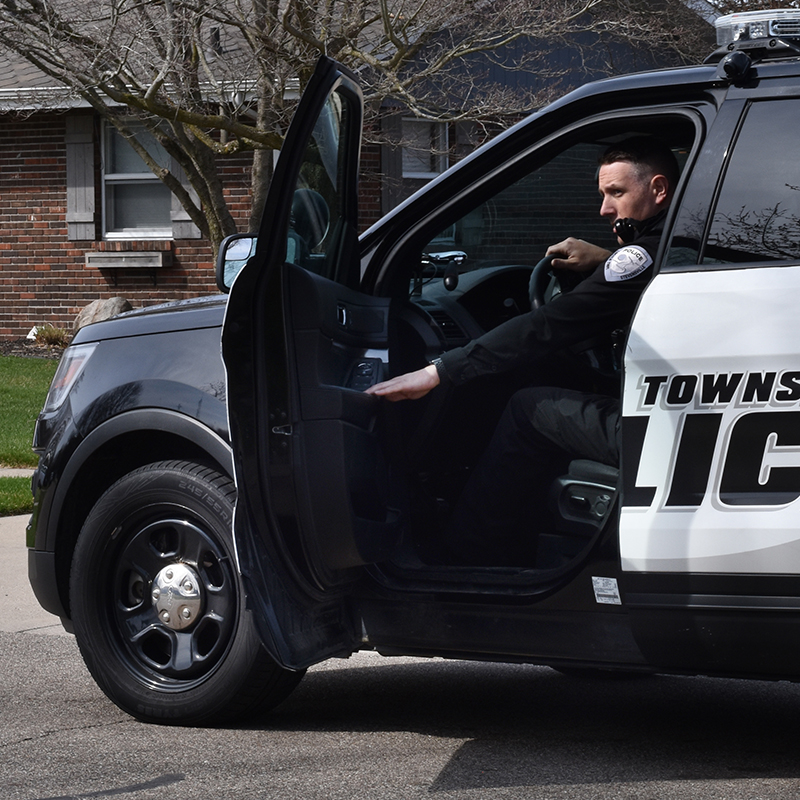
5 Reasons Why Correctional Facilities Should Consider Video Solutions for Prisoner Transport Vehicles
Correctional facilities today need to ensure prisoners’ and staff’s safety and security during transport. Incorporating video solutions into prisoner transport vehicles is a solid strategy for the safety and security of everyone involved.
1. Enhanced Safety for All Involved
The first concern for correctional facilities is the safety of both the prisoners and the officers. Interior cameras can act as a deterrent against potential incidents, reducing their likelihood. High-definition cameras can provide real-time monitoring capabilities, ensuring any emergency can be swiftly addressed, which enhances overall safety during transport.
Exterior side and rear cameras can also help enhance safety by improving driver visibility of rear and side blind spots to avoid accidents when reversing or changing lanes.
2. Accountability and Transparency
Accountability in correctional operations is vitally important. Video solutions ensure every moment of the prisoner transport process is documented, offering an indisputable record of events. This level of transparency can address any allegations of misconduct or abuse. It protects prisoners’ rights and shields correctional officers from false accusations, which can help foster a culture of trust and responsibility.

3. Efficient Incident Investigation
When incidents occur, timely and effective investigation is essential. Video footage from transport vehicles is important in accurately understanding events. It allows correctional facilities to quickly review incidents, make informed decisions, and, when necessary, take corrective action. This efficiency in an incident investigation can save valuable time and resources and support legal processes.
4. Compliance with Legal Requirements
Correctional facilities operate under rigid legal frameworks. Implementing video solutions helps comply with these regulations, enabling facilities to avoid potential legal complications. Moreover, video evidence can be pivotal in court, providing clear and objective accounts of incidents that occur en route.
5. Cost-Effectiveness
Investing in video solutions for prisoner transport vehicles might seem like a significant upfront cost, but it is cost-effective in the long run. By reducing incidents and enhancing investigation efficiency, correctional facilities can avoid costly legal battles, settlements, and even potentially the need for officers to work overtime due to incident investigations. Furthermore, modern video solutions are becoming increasingly affordable and accessible, making them a wise investment for correctional facilities aiming to modernize their operations.
Securing the Future of Prisoner Transport
Integrating video solutions into prisoner transport vehicles offers correctional facilities many benefits, from enhancing safety and accountability to ensuring legal compliance and cost-effectiveness. As correctional facilities continue to navigate the challenges of modern-day operations, the adoption of advanced video technology in prisoner transport becomes not just an option but a necessity. Implementing these solutions is a step forward in ensuring the security and efficiency of correctional transportation protocols, ultimately contributing to a safer and more transparent justice system.